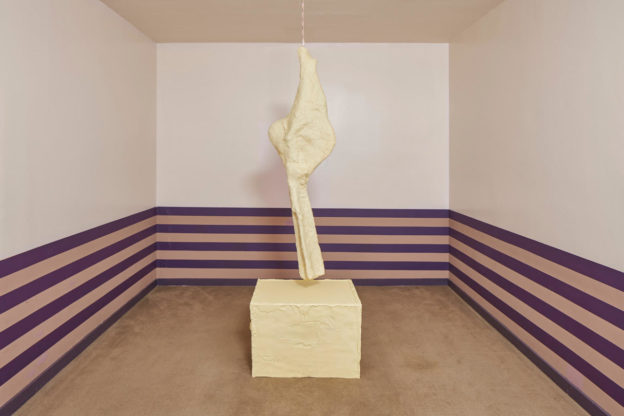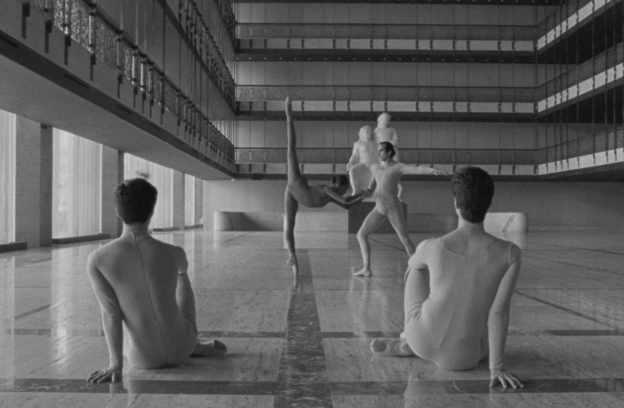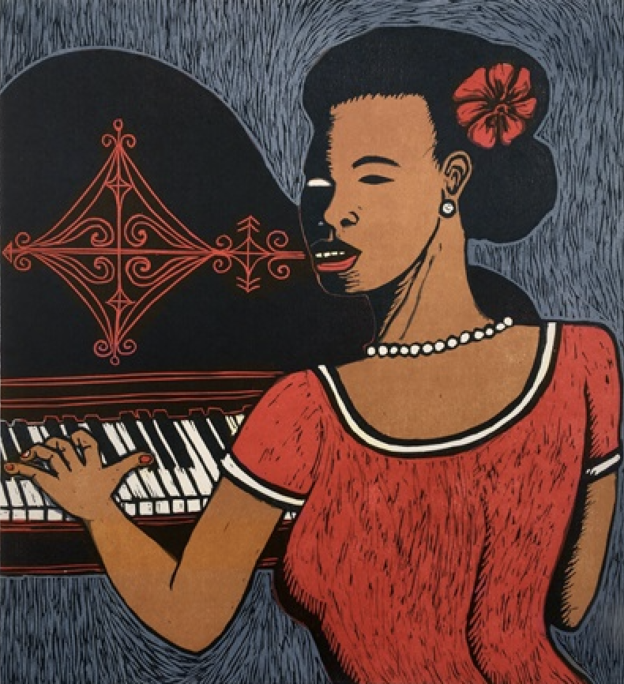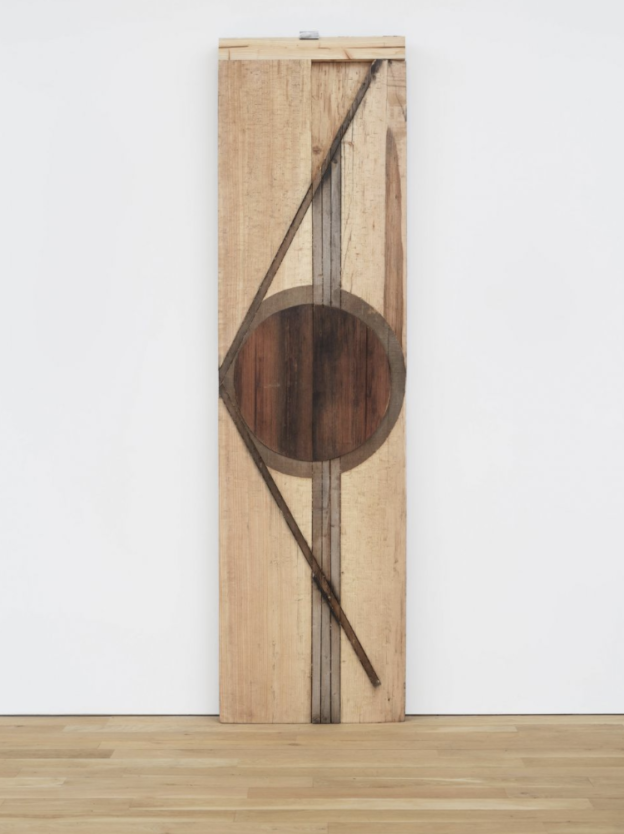

Daisy Hildyard in The Second Body: “Your body is infecting the world—you leak.” Shahryar Nashat once—not long ago—followed up with the question: “Where are the fluids?” The query remains unresolved; the leak has surged to a deluge. And we are drowning in it. The fluids, it seems, have been collected from carcasses drained of life, strung up on the disassembly line, packaged, contained, sealed, and ready for consumption. These are our surrogate selves suffocated in fat on a landscape of desolation and decay. This is an organic death: ethically sourced, carbon-neutral. Ed Smith: “I’m in no moo’d / said the cow.” (For Bruce Hainley.) There is a moment just before a body becomes flesh, before it becomes meat and bone, and then becomes simply matter. This is the threshold between life and death, when the body has been stripped of its faculties. An inert substance lacks the burden of memories. In a recent poem, Joyce Carol Oates writes: “The stroke / that wipes out / memory / is another word / for mercy.” We want to be nothing inside, we want to be merciful. Abstraction is just another word for dismemberment.
THEY COME TO TOUCH is the title of an exhibition by Shahryar Nashat. Taking place in a suite of vacated offices, the assembly of sculpture and video situates itself within the accretions of the building’s past life. Papier-mâché carcasses congregate and hang from the ceiling in concert with bags of urine and colorful rough-hewn cubes. The piss and “memory boxes” are accessories to the various accumulations, occupying the margins and corners throughout the multi-floor unit in which the exhibition takes place. A disembodied soundtrack floats in and out of earshot, animating the sculptures and finding interludes of synchronicity with a seventeen-second video that shows a figure falling to its knees, keeling over, and dying a digital death. The figure is trapped by this scenario—an endless sequence of three falling episodes, infinitely repeating in a simulated environment that takes its cues from the disused office where THEY COME TO TOUCH is situated. On occasion, the sound and image find their way to one another, and the figure falls in unison with a pulsating composition, which includes the exuberant rhythmic percussion of Maurice Ravel’s Bólero and a sorrowful lament by the cosmic superstar Dee D. Jackson. The ambient presence of sound permeates the exhibition and gives life to the sculptures just as easily as it maintains that they are wholly dead inside. — Aram Moshayedi
See link below for details.



SHAHRYAR NASHAT—THEY COME TO TOUCH
Through May 2.
8762 Holloway Drive
West Hollywood.


Shahryar Nashat, They Come to Touch, 8762 Holloway Drive, April 8, 2021–May 2, 2021. Artwork images © Shahryar Nashat, courtesy of the artist.





















